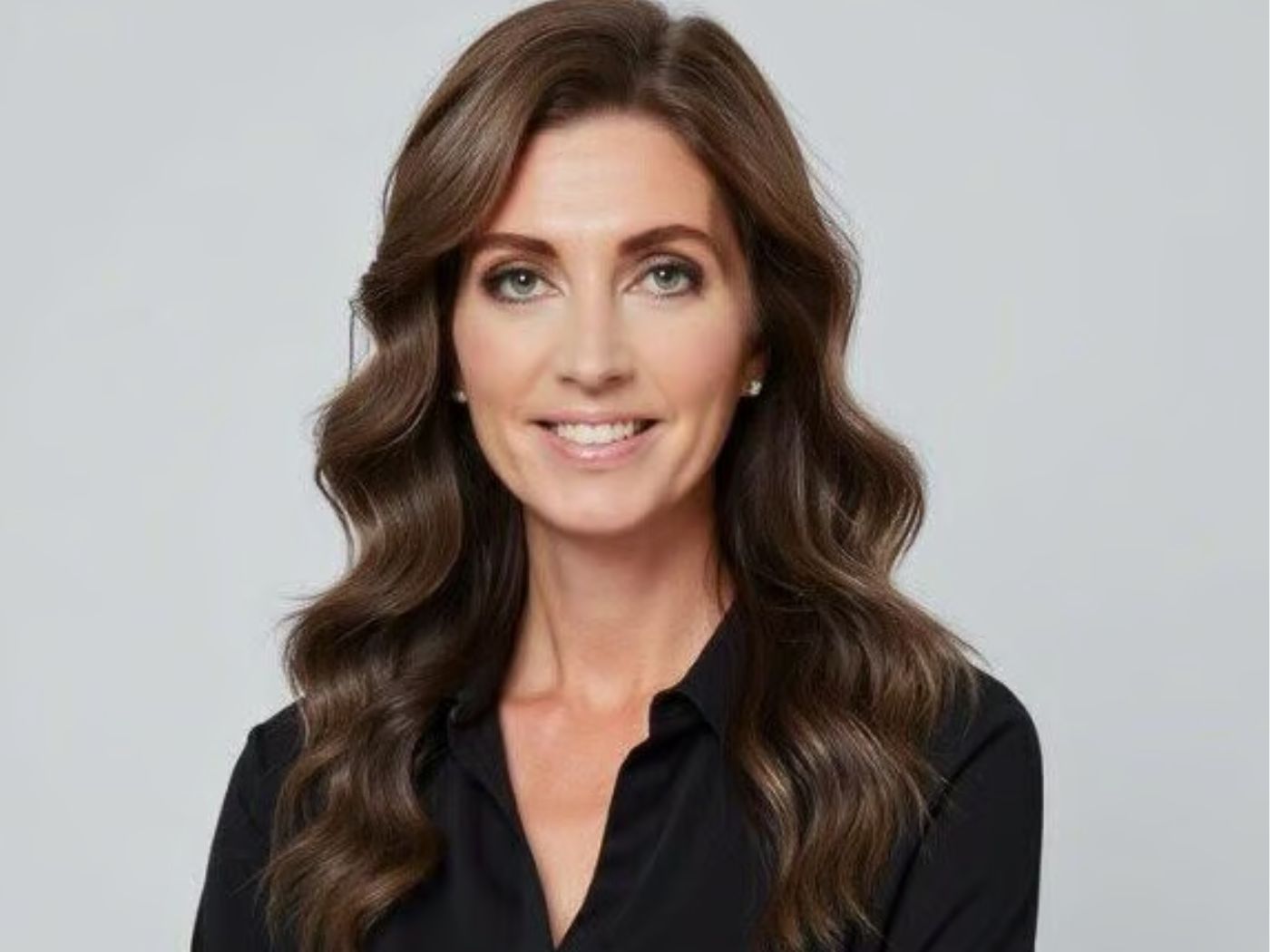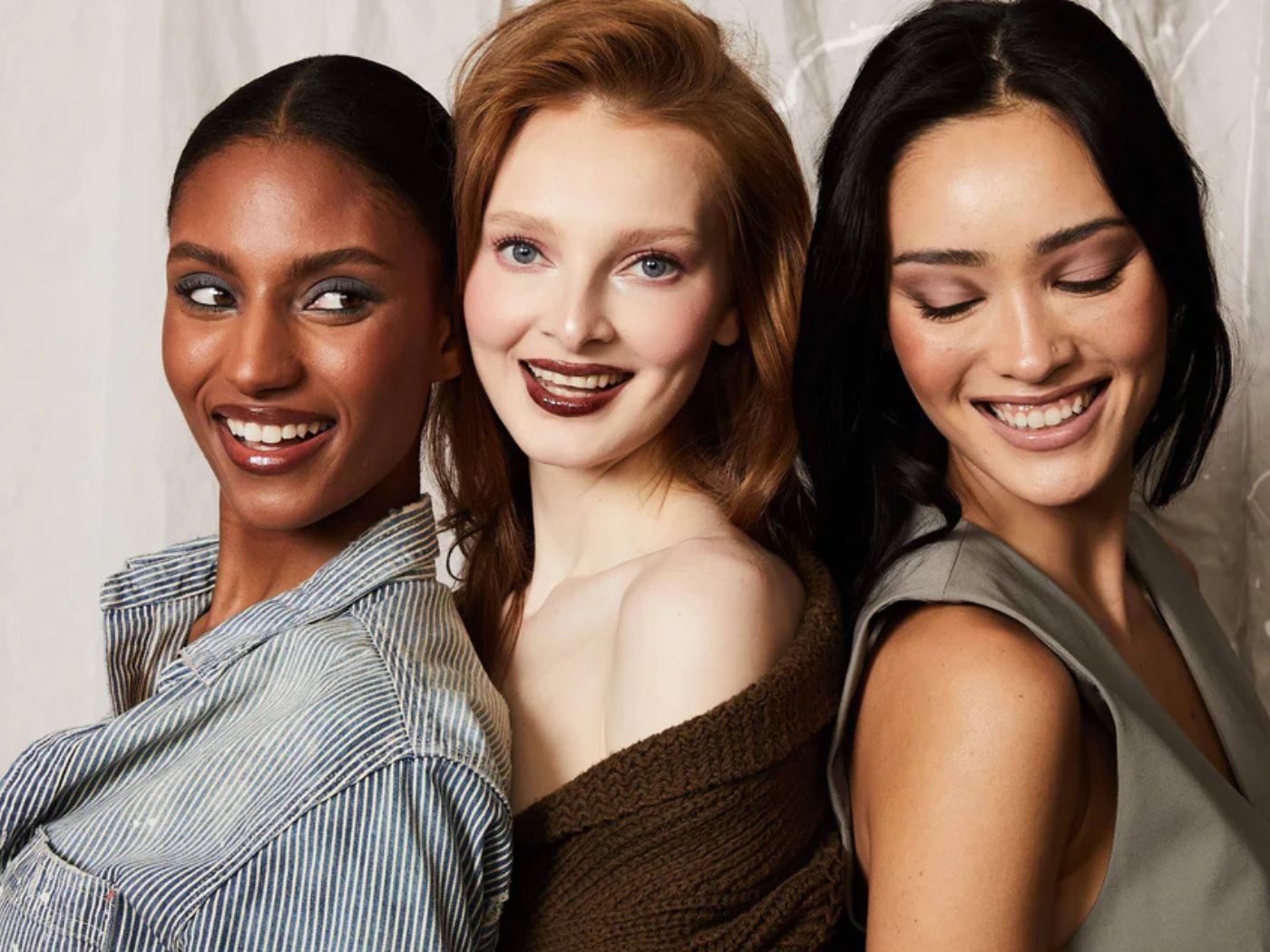
This content is exclusively open to CEW Members
Join CEW for unlimited access to articles, industry reports, and more.
Benefits include:
- Invitations to members-only industry events
- Connect with 9,000+ industry contacts globally
- CEW Beauty News & proprietary trend reports
- Exclusive networking opportunities
Already a CEW Member? Log In



